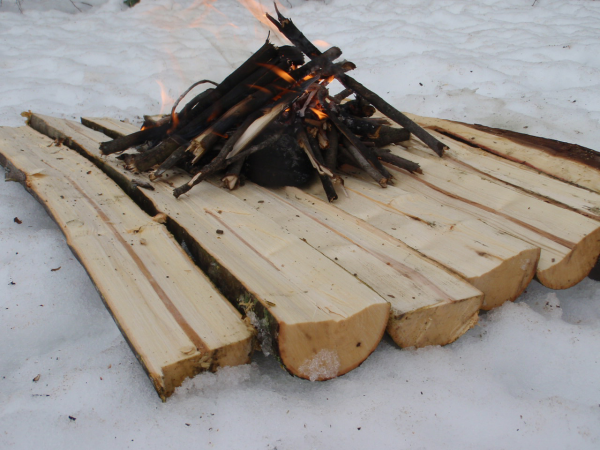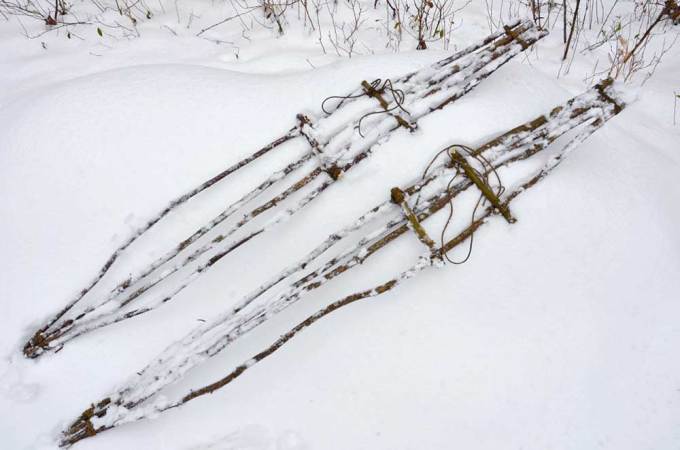

This story originally featured on Mel Magazine.
Winter—and its attendant cold, snow, and salted pavement—is hell on shoes. In fact, you can start the season with a brand new pair—even a decent leather shoe or boot—and by the time March rolls around, they can still look like they’re a hundred years old.
But like your house and tires, they, too, can be winterized. In particular, here are four basic ways in which to prolong the lifespan of your leather shoes when the weather outside is proverbially frightful …
Use sole protectors
If you’re worried that your favorite pair of boots weren’t designed to be worn in a wintery mix of rain, sleet, slush and/or snow, the most inexpensive way to make them more resilient is via sole protectors. “They protect the shoe from getting too worn down,” explains Mike, the owner of Mike’s Shoe Repair. “It’s just a simple piece of rubber that I glue onto the bottom of your shoes—from the midsole to the front tip.”
In practice, sole protectors prevent water from being absorbed into the soles. They cost around 35 bucks and should see you through at least a few winters.
Go full rubber sole
It’s a far more invasive and aggressive strategy, but Mike says that replacing your leather soles with rubber ones is the most effective way of keeping the frozen tundra of winter from punishing your footwear. “It’s definitely more expensive,” he says. “But if the condition isn’t too worn down, I can do it for $75 to $100.”
He does add, however, that the rubber-for-leather swap will change the feel as well as the shape of most shoes and boots. “It’ll make them more durable, but they’ll be stiffer, too,” he says.
Essentially, they’ll feel clunkier because they’re now built for winter.
Display the true tree of the season—a shoe tree
Shoe trees maintain the shape and condition of your shoes by keeping the leather from retaining too many creases as well as preventing the absorption of moisture, which typically leads to mold. “Let your shoes sit and air out for 20-30 minutes after taking them off, then insert the trees until the next wear, which ideally means giving the shoes at least a full day (24 hours) in the trees to rest,” suggests a subscriber of Good Year Welt, “a subreddit about quality footwear.”
This same redditor does stipulate that some shoe manufacturers recommend up to an hour of breathing time for boots. But, he writes, “I’d opt for a system you can work reliably — putting the trees in the shoes or boots earlier is probably better than putting them in the next morning because you forgot.”
Be your own shoe shiner
Back to the aforementioned salt (for driveways, for sidewalks, for roads…): Wiping down your shoes with a clean, slightly damp rag will prevent said salt from moldering the leather uppers of your shoes. Your work, however, doesn’t stop there. If you leave wet shoes out to dry, you’re also likely to dry out the leather. And so, it’s good practice to use a leather conditioner whenever you feel like the leather is getting a bit stiff and the creases look more pronounced.
“A general rule is to condition every month or two if you wear your boots in hard conditions (hiking, soaked through, muddy, etc.), and every 2-5 months otherwise,” another Good Year Welt subscriber recommends.
So have at it Jack Frost. You can nip at my nose, but with these tips, you’ll never be able to nip at my heels.















